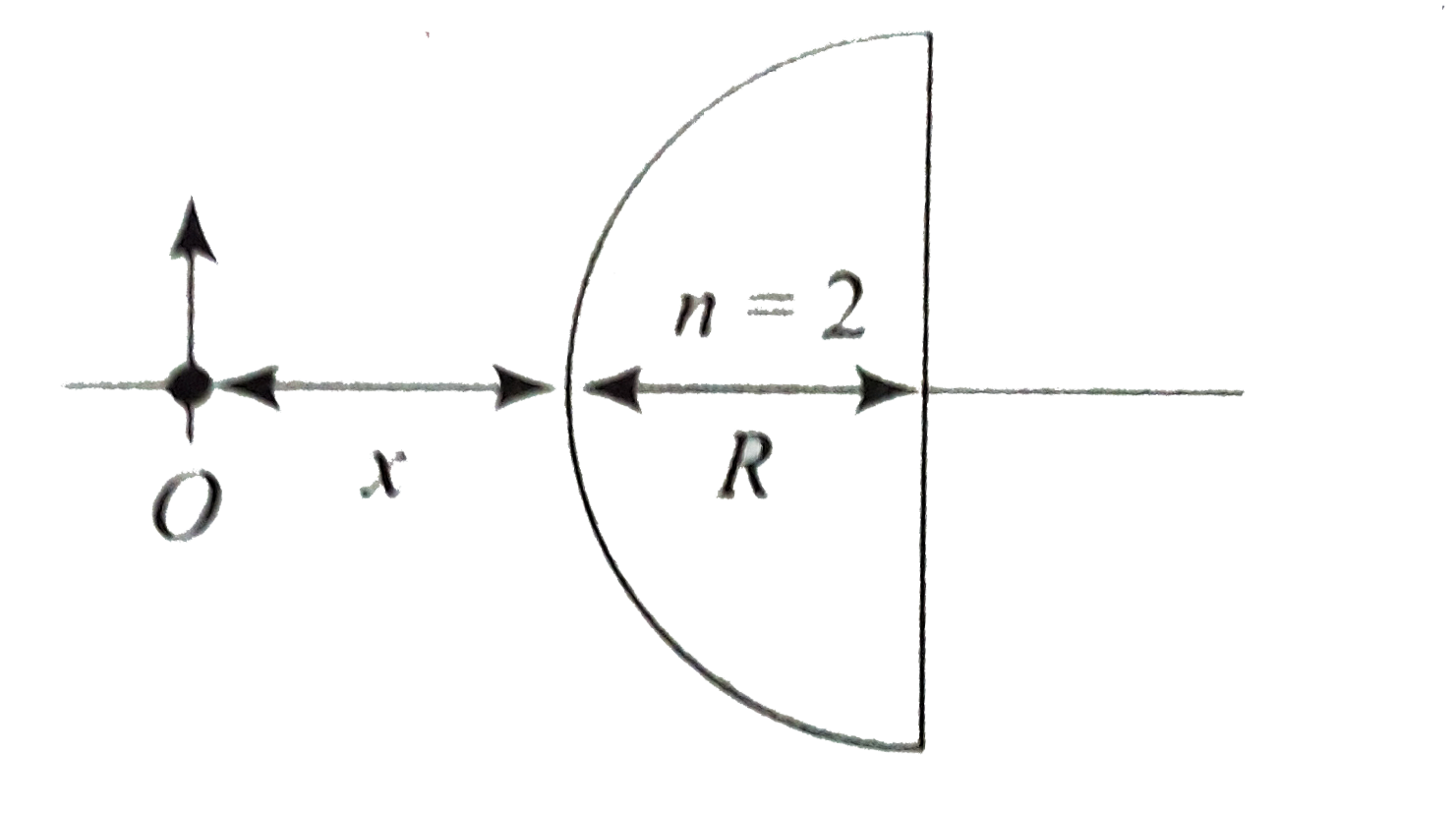Which of the following produces virtual image :
Simple microscope
Ordinary camera
Projector
Cinemascope
The correct Answer is:A
To solve the question of which optical device produces a virtual image, we can analyze each option based on the principles of optics.
1. Understanding Image Formation:
- An image can be either real or virtual. A real image can be projected onto a screen, while a virtual image cannot be projected and is typically seen through the optical device.
2. Analyzing Each Option:
- Simple Microscope:
- A simple microscope (or magnifying glass) is used to view small objects. When the object is placed between the optical center (O) and the focal point (F) of the lens, it produces a virtual image. This image is upright and enlarged.
- Ordinary Camera:
- An ordinary camera uses a converging lens to focus light from an object onto a film or sensor. This results in a real image that can be captured and projected onto a screen.
- Projector:
- A projector also uses a lens system to project an image onto a screen. The image formed is real and can be displayed on a surface.
- Cinemascope:
- A cinemascope is a type of projector that creates a wide-screen image. Like the ordinary camera and projector, it produces a real image.
3. Conclusion:
- Among the options provided, the simple microscope is the only device that produces a virtual image. The other three devices (ordinary camera, projector, and cinemascope) produce real images.
Final Answer:
The device that produces a virtual image is the simple microscope.
- An image can be either real or virtual. A real image can be projected onto a screen, while a virtual image cannot be projected and is typically seen through the optical device.
- Simple Microscope:
- A simple microscope (or magnifying glass) is used to view small objects. When the object is placed between the optical center (O) and the focal point (F) of the lens, it produces a virtual image. This image is upright and enlarged.
- Ordinary Camera:
- An ordinary camera uses a converging lens to focus light from an object onto a film or sensor. This results in a real image that can be captured and projected onto a screen.
- Projector:
- A projector also uses a lens system to project an image onto a screen. The image formed is real and can be displayed on a surface.
- Cinemascope:
- A cinemascope is a type of projector that creates a wide-screen image. Like the ordinary camera and projector, it produces a real image.
- Among the options provided, the simple microscope is the only device that produces a virtual image. The other three devices (ordinary camera, projector, and cinemascope) produce real images.
The device that produces a virtual image is the simple microscope.
Similar Questions
Knowledge Check
Which of the following form(s) a virtual and erect image for all position of the object?
AConcave lensBConcave mirrorCConvex mirrorDBoth (a) and (c )
Which of the following do not form diminished virtual image of a real object ?
View SolutionA convex mirror always produces a virtual image of real object independent of the location of the object use mirror equation to peove it.
View SolutionWhich of the following graph represents v/f vs u/f graph for a virtual erect image by a diverging lens?
View SolutionWhich of the following graph represents v/f vs u/f graph for a virtual erect image by a diverging lens?
View SolutionConsider a transparent hemispher (n=2) in front of which a small object is placed in air (n=1) as shown in figure.

Q. For which value of x, of the following , will the final image of the object O be virtual?
View Solution(i) Calculate the distance of an object of height h from a concave mirror of radius of curvature 20 cm , so as to obtain a real image of magnification 2. find the location of image also .
(iii) Using mirror formula explain Why does a convex always produce a virtual image .
View SolutionA lens forms a virtual, diminished image of an object placed at 2m from it. The size of image is half of the object. Which one of the following statements is correct regarding the nature and focal length of the lens?
View Solution
